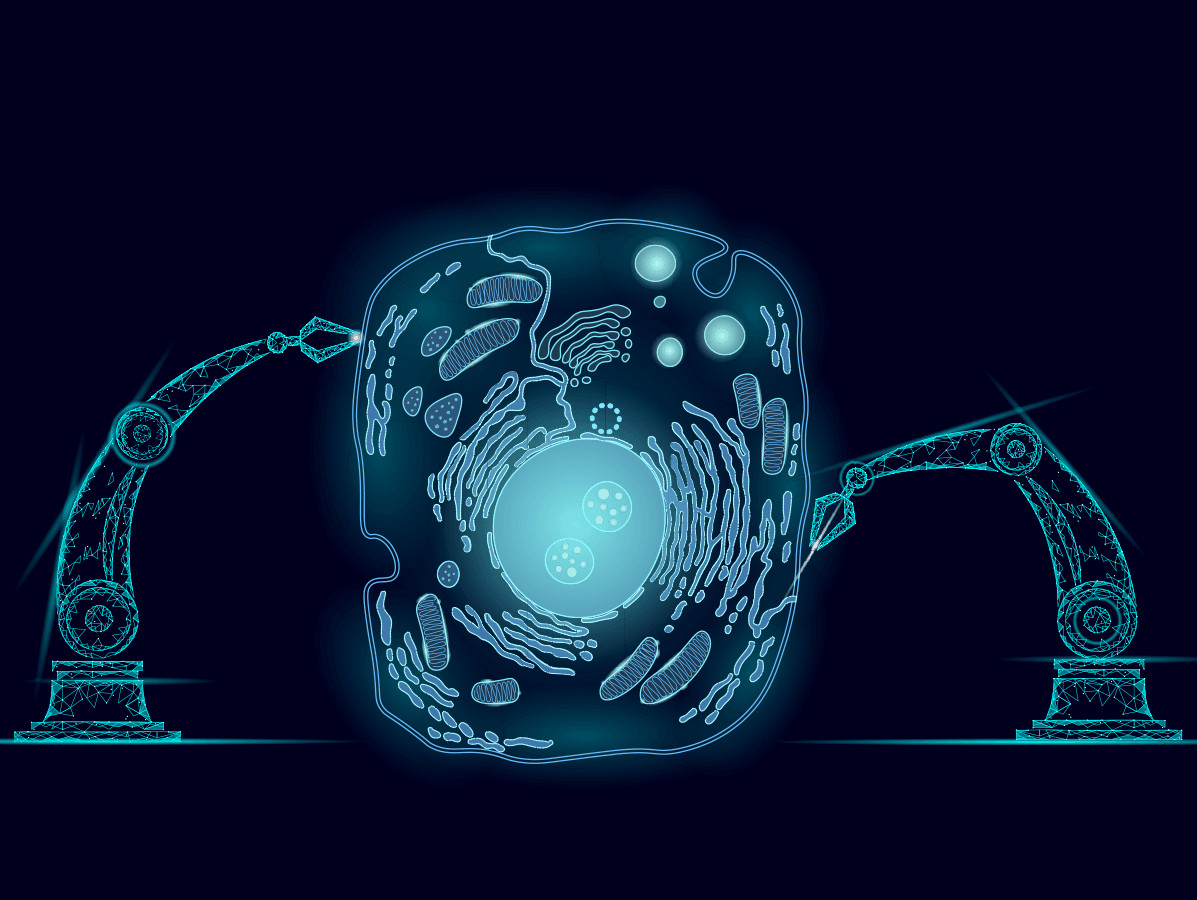
Mankind has used micro-organisms since time immemorial. To make beer or cheese, for example. In biotechnology, this discipline has been elevated to an art form. But this often involves one type of bacteria or fungus that is encouraged to produce. What is possible if you get different types of micro-organisms to work together in a controlled way?
This idea is central to the WUR share in the new Centre for Living Technologies The (paper) centre is a collaboration between WUR, TU Eindhoven, Utrecht University and Utrecht Medical Centre. Scientists from these four institutions are joining forces to 'introduce new functions in living (multi)cellular systems'.
All participants work with living cells', explains Diana Machado de Sousa. She represents WUR in the centre's board. Microbes are very different from people. Microbes are unicellular, humans are multicellular. But microbes in communities can function as a kind of multicellular organism. Together they can do more than alone.
Machado de Sousa wants to stimulate this cooperation by encouraging microbes to work as a team. It's about creating added value by making the right combination of microbes. For example, by exchanging metabolites and using each other's products. This is common in nature, but in biotechnology, creating controllable microbial catalysts is a fairly new concept.'
The microbe mixtures have been brought together in the lab. But the aim is also to use synthetic engineering to create special links between the microbes so that they work better together,' says Machado de Sousa. For example, so that they produce more of certain substances needed in a food chain.
Resource-online.nl
Photo: ©LuckySte/Shutterstock.com
Source: Wageningen Resource